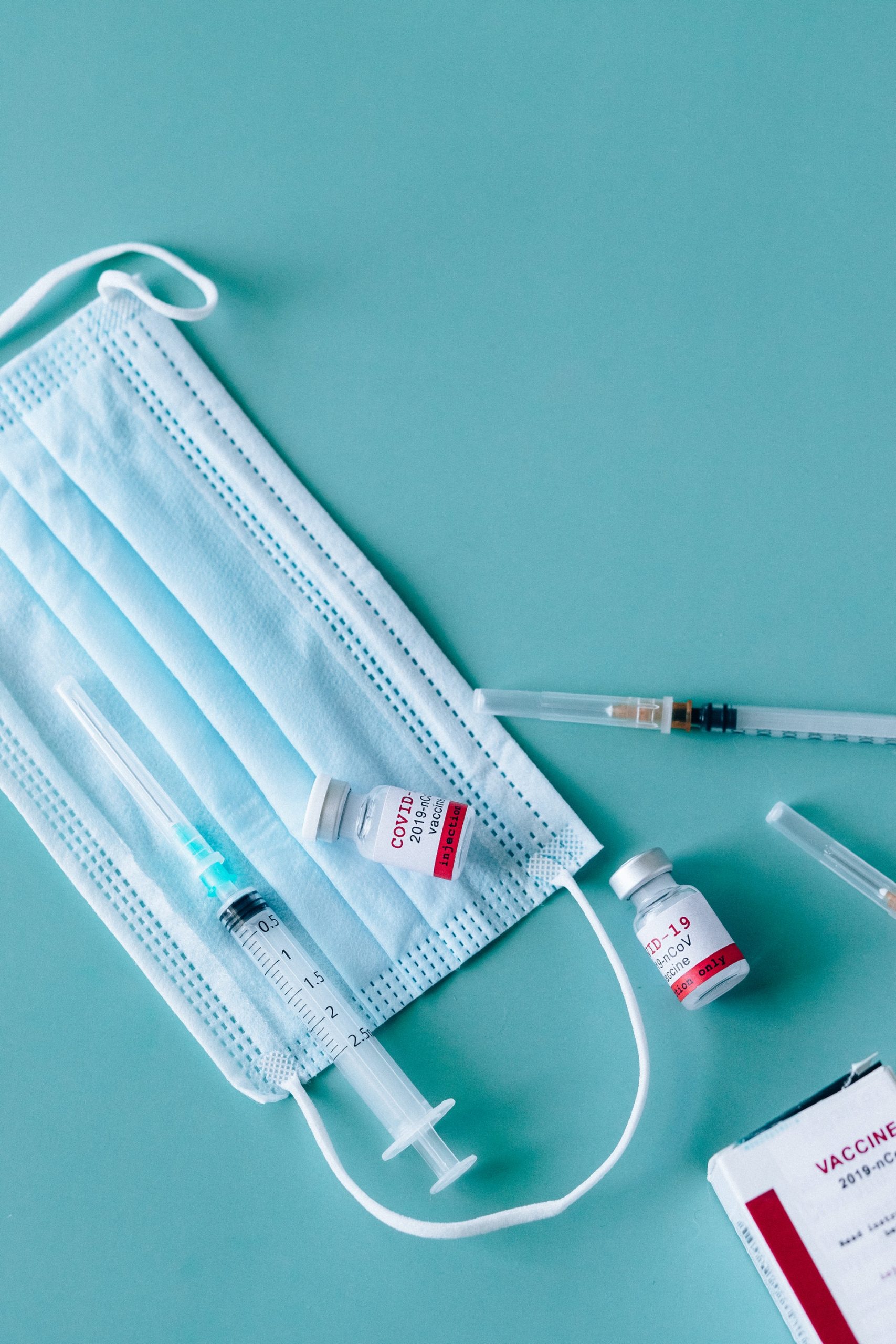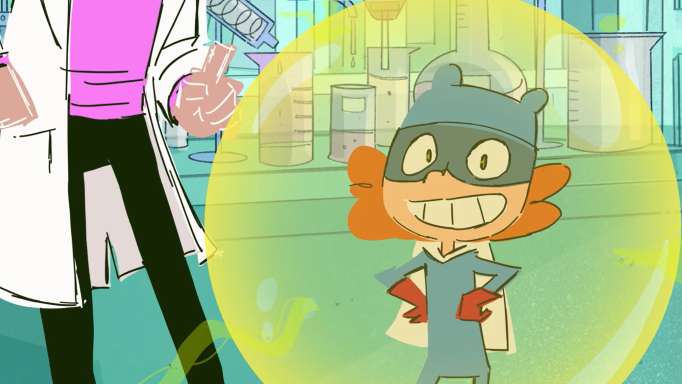
RNA-based vaccines contain a piece of genetic information to build the so-called spike protein from the SARS-CoV-2 virus. The information is coded into a molecule called messenger RNA (mRNA), which is then encapsulated into lipid nanoparticles (liposomes) that protect it against the environment and facilitate delivery to the patient’s cell.
15 Feb 2021
RNA-based vaccines contain a piece of genetic information to build the so-called spike protein from the SARS-CoV-2 virus. The information is coded into a molecule called messenger RNA (mRNA), which is then encapsulated into lipid nanoparticles (liposomes) that protect it against the environment and facilitate delivery to the patient’s cell.
Myth: RNA- based vaccines against Covid-19 can modify your DNA
Fact: The RNA used in Covid vaccines cannot reach or interact with the DNA
How do RNA vaccines work for COVID-19?
RNA-based vaccines contain a piece of genetic information to build the so-called spike protein from the SARS-CoV-2 virus. The information is coded into a molecule called messenger RNA (mRNA), which is then encapsulated into lipid nanoparticles (liposomes) that protect it against the environment and facilitate delivery to the patient’s cell.
When the vaccine is administered, the liposomes fuse with the cells at the site of injection and the mRNA enters the cells, instructing them to produce the spike protein and expose it on the cell surface.
This is where the immune system comes into play. Specialised immune cells recognise the spike protein as foreign and build antibodies against it. These antibodies will remain in the immunememory. If the patient is later infected by the virus, the body will have antibodies against it and fight it efficiently.
What is a messenger RNA?
If we imagine DNA as an enormous archive of information, mRNAs are like USB drives that transport smaller files of information from the DNA to the rest of the cell. Genes (i.e. DNA) code for proteins but cannot produce them directly. They must first translate the information into mRNAs, which move from the nucleus to the cytoplasm (the other big compartment of the cell) where special machineries use the information to build proteins. Messenger RNAs are a normal part of our life. Each second, our cells produce thousands of different mRNAs that travel from the nucleus to the cytoplasm to direct the synthesis of proteins.
RNA vaccines exploit this mechanism: their payload is basically an mRNA molecule instructing the cell to produce the spike protein from the virus. To cause any change in the DNA, the mRNA from the vaccine should be copied into DNA and move to the nucleus where the DNA is located.
Myth: RNA can never change DNA because the flow of genetic information only goes from DNA to RNA
Fact: RNA can be copied into DNA. But this does not apply to RNA-based vaccines
Can RNA change DNA?
In principle, yes. Decades ago, scientists believed that genetic information could only flow from DNA to RNA and not the other way around. This was referred to as “the central dogma” of molecular biology. It turns out that this rule has notable exceptions.
Some viruses, called retroviruses, can copy their RNA into DNA and insert the resulting DNA into the host’s chromosome. This leads to long-lasting genetic modifications. To do that, however, retroviruses have an enzyme, called reverse transcriptase, which makes DNA from the viral RNA template. Without such an enzyme, RNA cannot be used to make DNA.
So what happens with RNA vaccines?
It is unplausible that an RNA vaccine would change our DNA, for many reasons. First, neither the coronavirus nor the RNA vaccines (which only code for the spike protein) have a reverse transcriptase. Therefore, RNA vaccines cannot produce DNA molecules.
Another reason is that the cells keep their compartments well separated, and messenger RNAs cannot travel from the cytoplasm to the nucleus. Therefore, the vaccine’s mRNA cannot get even close to the DNA, let alone change it. Also, mRNAs are short-lived molecules. The vaccine’s messenger does not stay inside the cell indefinitely, but is degraded after a few hours, without leaving a trace.
Finally, clinical studies on thousands of people who have received the RNA vaccines have shown no sign of DNA modification so far. This is perhaps the best indication that these vaccines do not alter our genome.
Myth: The vaccine’s messenger remains in the cell
Fact: The RNA from the vaccine will last only a few hours inside the cells before it is completely degraded


